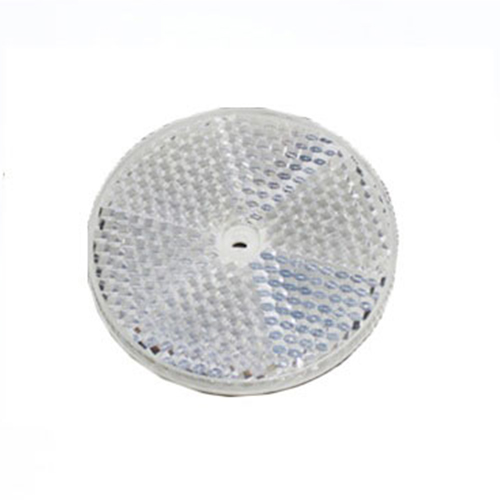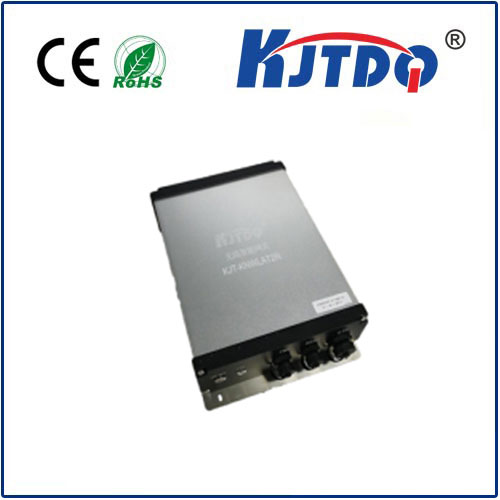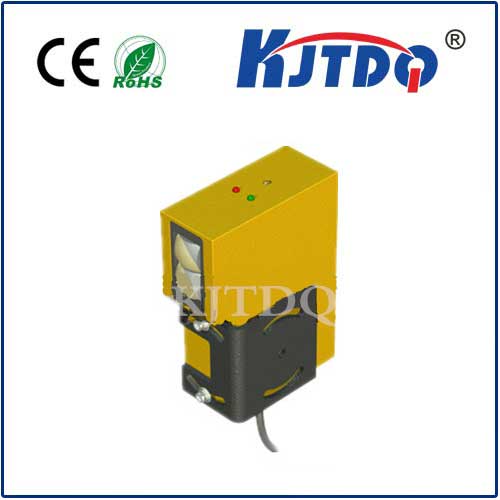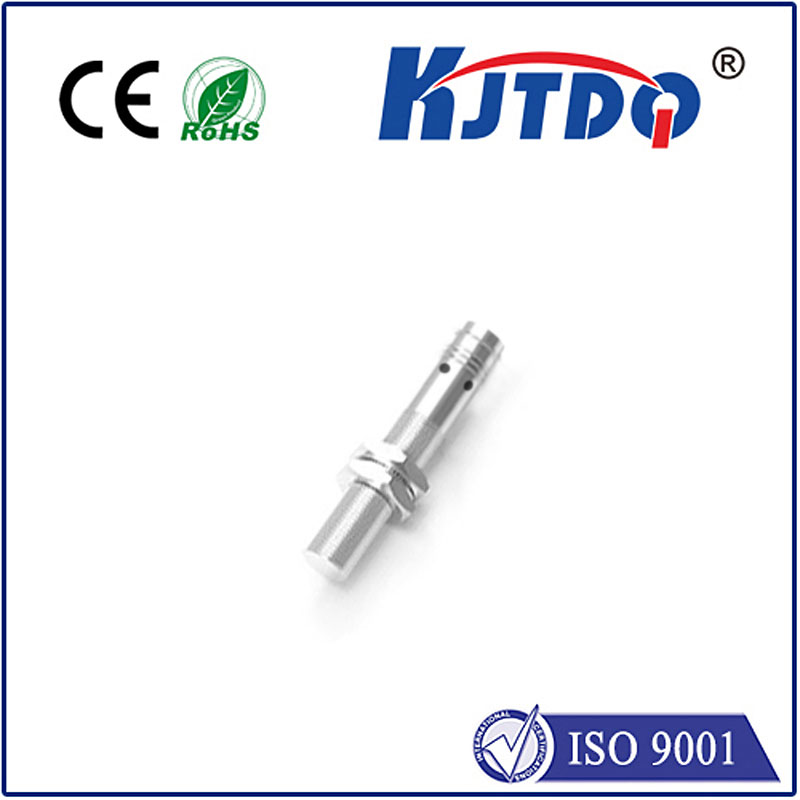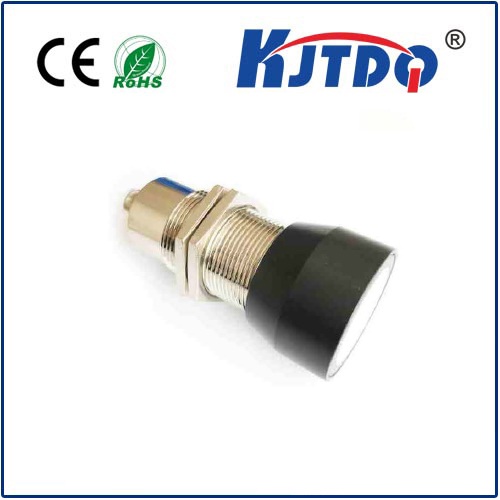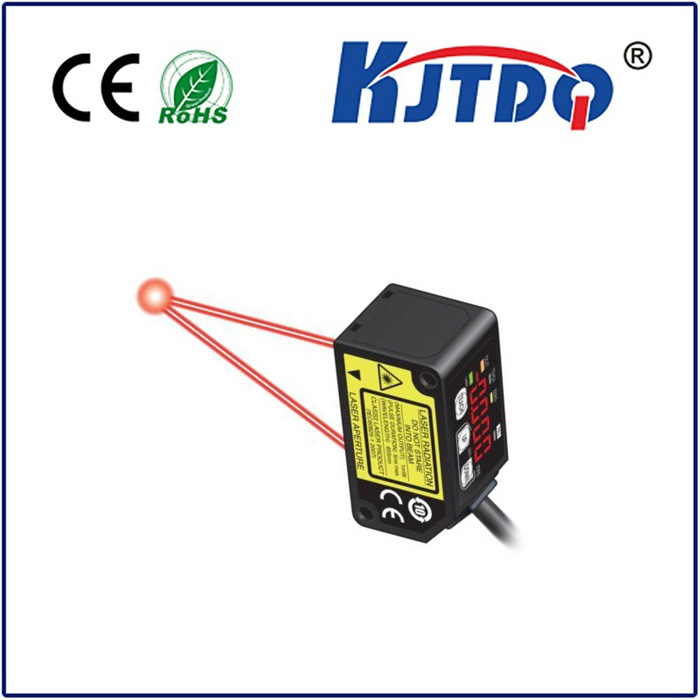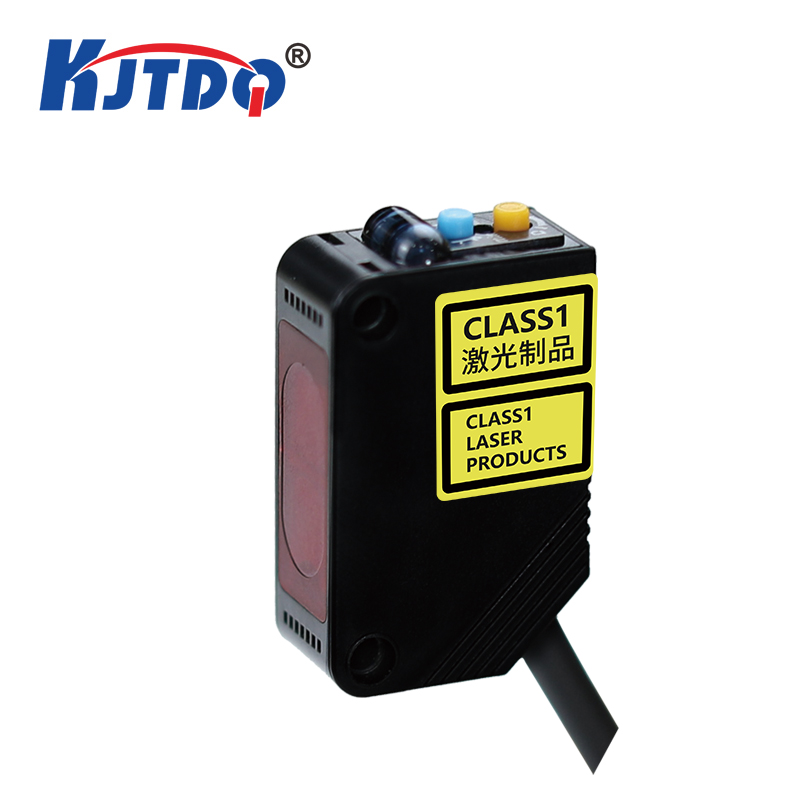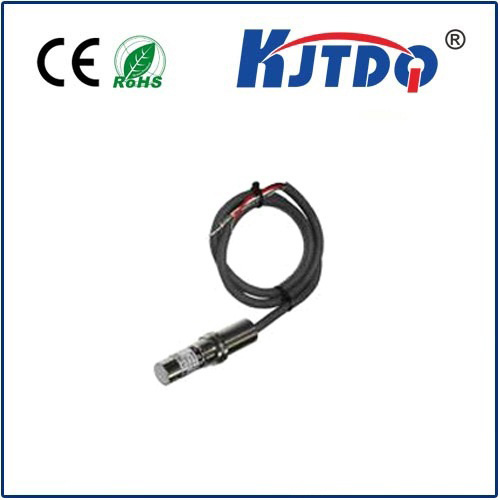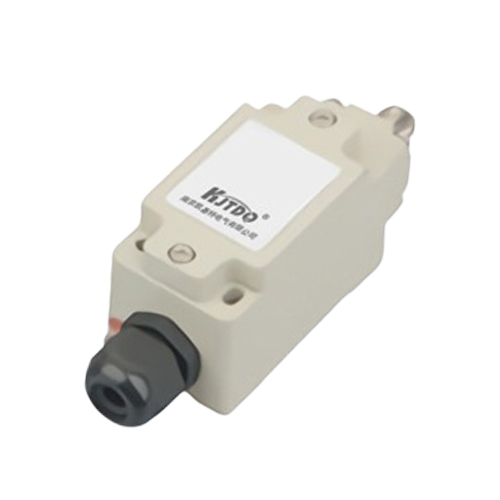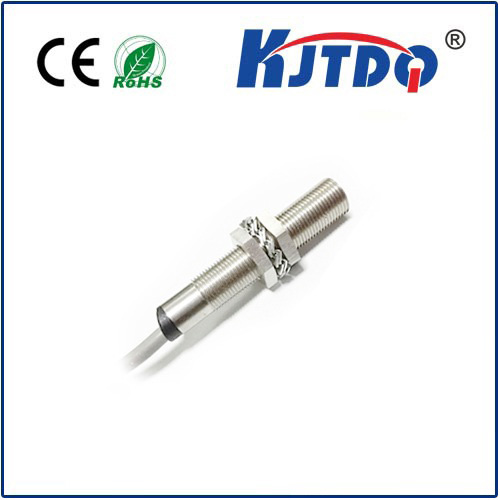BES02PW proximity sensor
- time:2025-10-02 01:32:09
- Click:0
BES02PW Proximity Sensor: Unlocking Reliable Non-Contact Detection in Demanding Environments
Picture this: a critical assembly line suddenly grinds to a halt. A delicate robotic arm hesitates, unsure if the component it needs to grasp is actually in position. Seconds tick by, turning into costly minutes of downtime. Often, the culprit isn’t the sophisticated robot itself, but a seemingly humble component – the sensor responsible for confirming the presence of that part. This is where precision matters, and the BES02PW proximity sensor steps into the spotlight as a robust solution designed for such critical detection tasks.
In the intricate world of industrial automation, manufacturing, and machinery, non-contact detection is fundamental. It ensures processes run smoothly, safely, and efficiently without physical wear or interference. Proximity sensors, particularly inductive ones like the BES02PW, are the unsung heroes performing these vital detection functions countless times per second. They detect the presence or absence of metallic objects without any physical interaction, making them ideal for harsh and demanding applications.
Understanding the Core Technology: Inductive Sensing

The BES02PW belongs to the category of inductive proximity sensors. Its operation relies on a fascinating principle:
- Oscillator: Inside the sensor head, an electronic oscillator generates a high-frequency electromagnetic field.
- Field Interaction: When a metallic object (typically ferrous metals like steel or iron, though non-ferrous metals like aluminum or brass are also detectable, often at a reduced range) enters this active field near the sensing face.
- Damping Effect: The electromagnetic field induces small electrical currents (eddy currents) within the target metal object. This energy absorption effectively “damps” or reduces the strength of the original oscillating field generated by the sensor.
- Detection Circuit: The sensor’s internal circuitry constantly monitors the amplitude of the oscillator. When this amplitude drops significantly due to the damping effect caused by the target.
- Output Switch: The circuitry triggers an electronic switch, changing the state of the sensor’s output signal (e.g., from OFF to ON, or vice-versa, depending on its configuration – Normally Open (NO) or Normally Closed (NC)).
Why Choose the BES02PW Proximity Sensor?
While numerous proximity sensors exist, the BES02PW offers a compelling combination of features tailored for industrial robustness and reliable performance:
- Compact M8 Form Factor: Its cylindrical M8 x 1 threaded barrel design allows for easy and space-saving installation in tight locations on machinery or production lines.
- Short Detection Range (Sn): Typically offering a nominal sensing distance of 2mm (e.g., Sn = 2mm for mild steel). This short range is advantageous for applications requiring precise positioning or where objects pass very close to the sensor face.
- Flush Mounting Capability: The BES02PW is designed to be flush mountable. This means it can be installed so its sensing face is level with (or recessed within) surrounding metal surfaces without losing functionality or causing damage. This protects the sensor face effectively.
- Robust Construction: Engineered for the rigors of industrial environments, it typically features:
- Stainless Steel Housing: Resists corrosion and physical impacts.
- High Protection Rating: Usually rated IP67, meaning it offers excellent protection against dust ingress and temporary immersion in water (up to 1m for 30 minutes). This makes it suitable for washdown areas or outdoor use where exposure to liquids is possible.
- Resistance to Vibration and Shock: Built to withstand the constant shaking and impacts common in machinery.
- Reliable Electrical Performance:
- Fast Switching Frequency: A high switching speed (often 500Hz or more) allows it to detect rapidly moving objects accurately.
- Stable Operation: Resistant to interference from electrical noise commonly found in industrial settings.
- LED Status Indicator: An integrated LED provides visual confirmation of the sensor’s operating state (power and output switching), simplifying commissioning and troubleshooting.
- Wiring Convenience: Commonly available versions utilize a fixed cable (e.g., 2m PVC cable) or a connector output (like M8 or M12 connectors), facilitating easy connection and replacement.
| Feature |
Specification/Characteristic |
Benefit |
| Type |
Inductive Proximity Sensor |
Non-contact detection of metallic objects |
| Housing |
Stainless Steel (Typically) |
High corrosion resistance & durability |
| Size |
M8 x 1 Threaded Barrel |
Compact, space-saving installation |
| Sensing Range (Sn) |
2 mm (for mild steel) |
Precise detection in close proximity |
| Mounting |
Flush Mountable |
Protected installation, avoids snagging |
| Protection Rating |
IP67 |
Dust-tight & withstands temporary immersion |
| Switching Frequency |
Typically ≥ 500 Hz |
High-speed detection capability |
| Output Type |
PNP Normally Open (NO) or Closed (NC) |
Flexible integration into control systems |
| Connection |
Fixed Cable (e.g., 2m) or Connector |
Easy installation and replacement |
| LED Indicator |
Integrated Status LED |
Visual feedback for setup & diagnostics |
Key Applications: Where the BES02PW Excels
The specific combination of compact size, flush mounting, robustness, and short-range precision makes the BES02PW proximity sensor invaluable across numerous sectors:
- Machine Tooling & CNC Equipment: Detecting tool presence/absence in turrets or magazines, confirming part clamping, monitoring chuck positions, and verifying fixture locations. Its small size is crucial in densely packed machine spaces.
- Automated Assembly Lines: Verifying the presence of small metallic components (screws, nuts, clips), confirming piston or cylinder positions in pneumatic systems, detecting pallets or carriers at stations, and initiating process steps based on part arrival. The reliable detection prevents misassembly.
- Material Handling & Packaging: Detecting metallic parts on conveyors, confirming slider or pusher positions, monitoring fill levels of metallic containers (thin targets), and controlling gate operations. IP67 rating protects against dust and splash.
- Robotics: Providing precise end-of-arm tooling (EOAT) feedback (e.g., detecting if a gripper has successfully picked up a metal part), confirming robot axis positions, and ensuring safe interlocking.
- Automotive Manufacturing: Found throughout engine, transmission, and chassis assembly lines for countless position verification tasks on moving metal components and fixtures. Its vibration resistance is critical here.
- General Factory Automation: Any application requiring the robust, non-contact detection of small metallic objects within a few millimeters.
Selecting and Implementing the BES02PW Effectively
To maximize performance:
- Target Material: Understand that sensing range (
Sn) is specified for mild steel. For non-ferrous metals (aluminum, brass, copper), expect a reduced sensing distance (typically 25-50% of Sn). Always consult the datasheet for correction factors.
- Mounting: Ensure the sensor is securely mounted. For flush mounting, respect the specified surrounding material requirements (non-metallic or specific metal types/thicknesses). Incorrect mounting can reduce the sensing range.
- Environment: While robust, avoid extreme chemical exposure beyond its ratings or






